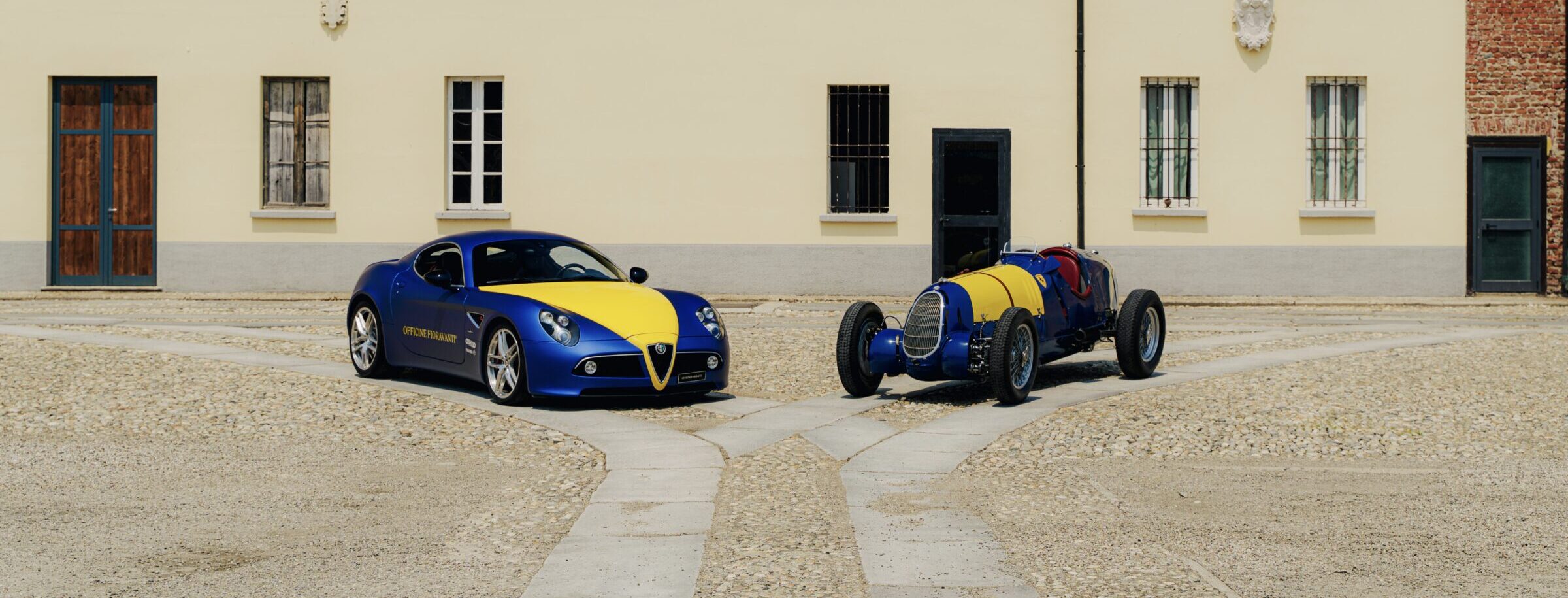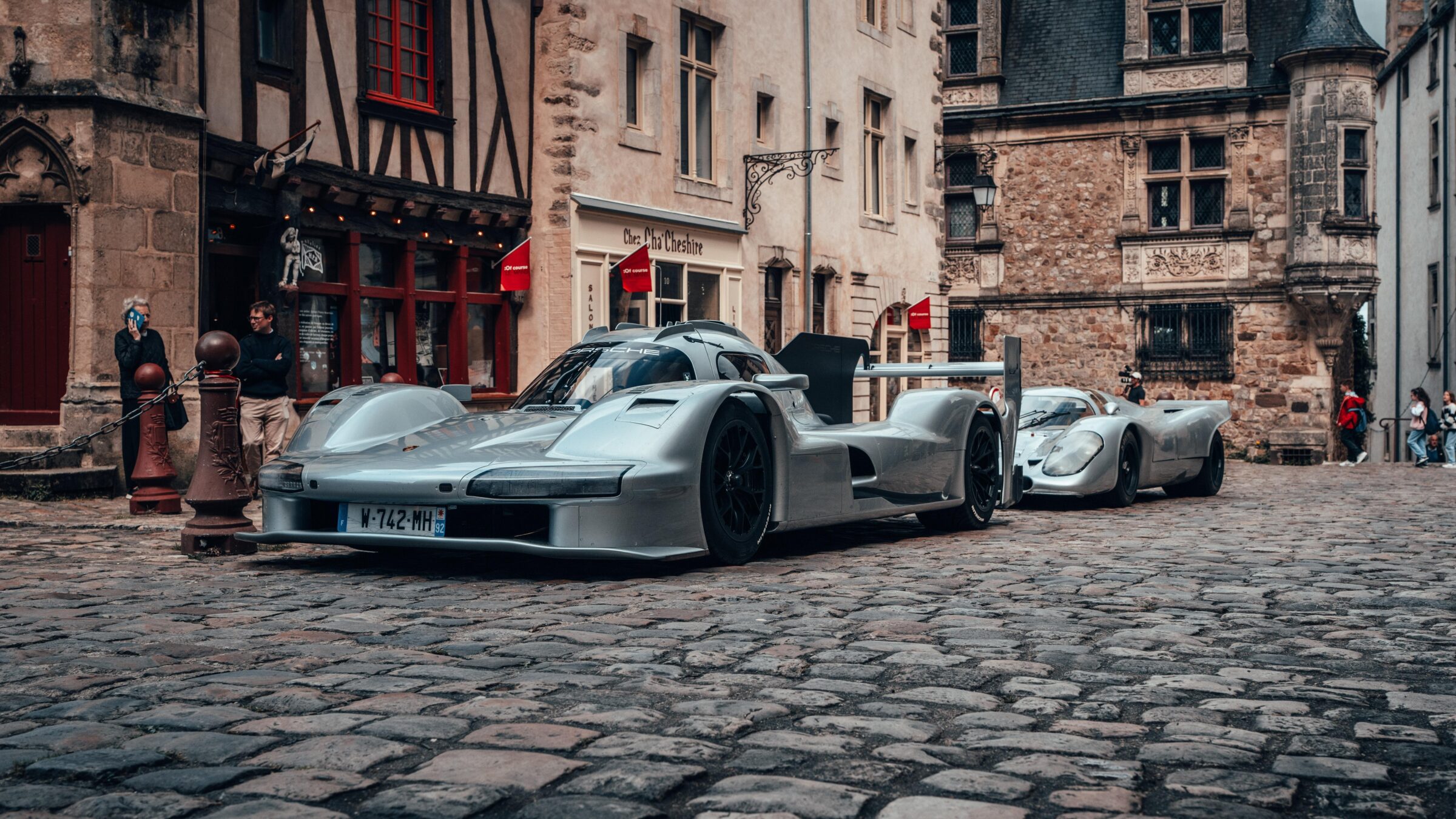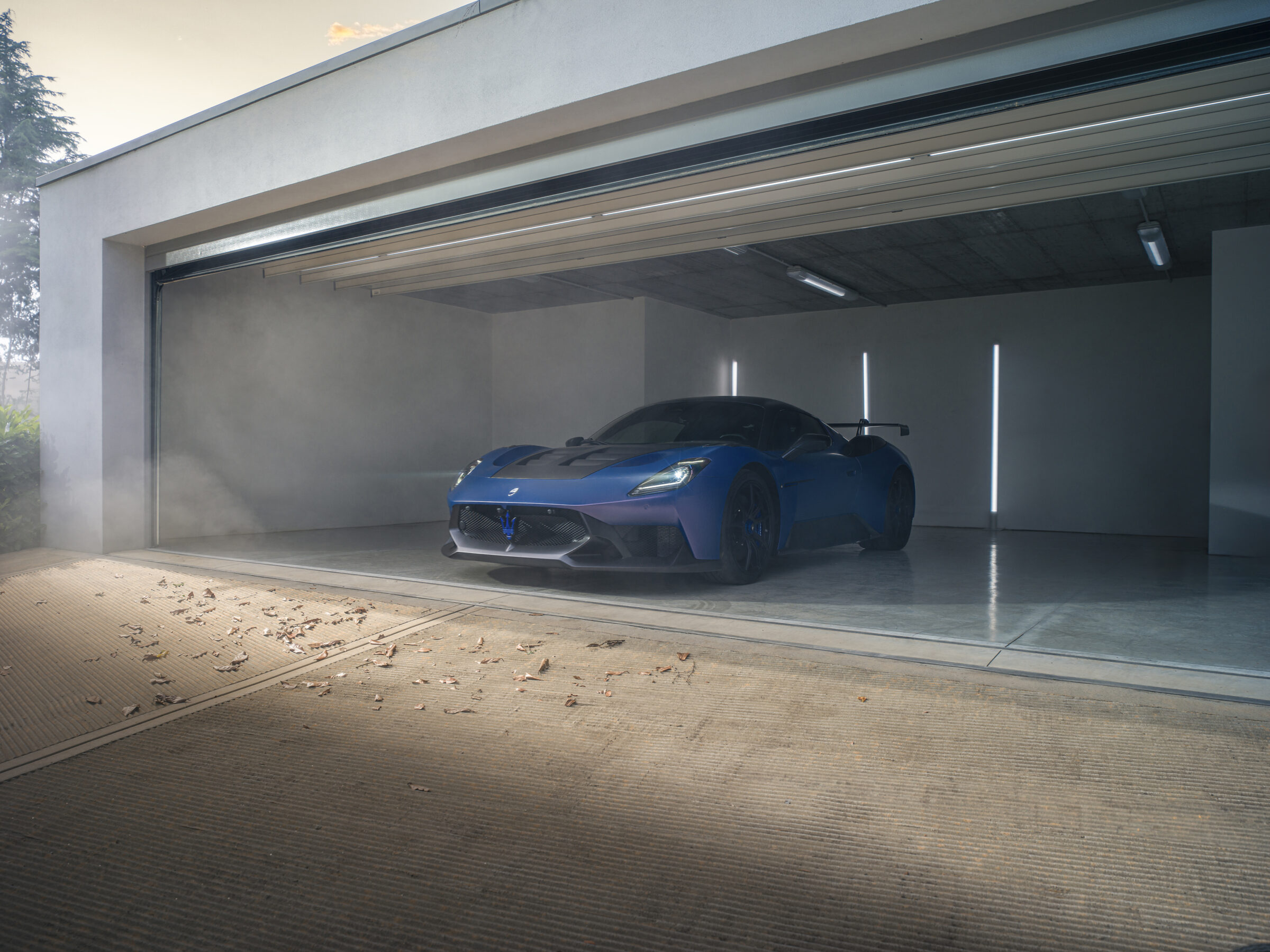Mercedes-Benz 600 V
Large representative limousines from Mercedes-Benz have a good reputation and have been known for a long time. Whether one thinks of the extended Pullman limousines on S-Class basis before the Swabians introduced the art brand Mercedes-Maybach, or whether one thinks of the 600 (W 100) ‘The Grosser’, which as the car of choice kept heads of government, kings and even emperors all over the world mobile between 1963 and 1981, is irrelevant. The respective vehicles were at the very top of the automotive iceberg and built on the experience Mercedes-Benz had already gained before World War 2. Even then, large limousines and open four-seaters were manufactured for royal families and heads of state. Shortly before and into the war they manufactured the 770 (W 150), which debuted at the IAMA (Internationale Auto- und Motorrad-Ausstellung) in Berlin in February 1938, inheriting the predecessor W 07, which was also known as the 770. The basic price of 44,000 Reichsmark for the Pullman limousine was the equivalent of two 540 K or twelve 170 V. This naturally limites its distribution among civilian customers. Added to this was the war-related reduction in export markets, which accepted products from Nazi Germany. Nevertheless, Mercedes-Benz was already working on a successor model behind the scenes, which was originally only intended to replace the 500 N (W 08). However, it soon became clear that the car would also replace the 540 K and the 770. This was considered a “logical solution” under chief developer Fritz Nallinger. While the new 770 was shown at the IAMA, the team in Sindelfingen was working on the new W 148 series, for which a new engine with engine code M 148 was developed.
After Horch and Maybach, Mercedes-Benz was the third German manufacturer to dare to develop a V12. However, this wasn’t only done to increase the power, but above all to build a shorter engine block compared to the inline eight-cylinder engines uses so far. Whether the engine development was based on findings from the Benz Bz VI aircraft engine of 1917, which also had twelve cylinders at a bank angle of 60 degrees, isn’t known. From 1934, however, various Mercedes-Benz aircraft engines were developed and produced, including the DAB type, which was originally planned to be used in Grand Prix racing cars, but then drove the silver-painted record fighting cars from Stuttgart to new speed records. From 1938 onwards, the W 154 with the three-liter M 154 V12 engine won three of the four races of the European Grand Prix Championship, followed by another three victories in four races in 1939. In the representative W 148, known as the ‘Mercedes-Benz 600 V’ on the other hand, there was a six-liter V12 with an 80-degree cylinder bank angle under the hood, which produced 170 hp in the basic version without supercharger. For a later planned sports version, called ‘600 K’, with supercharger the output increased to 240 hp. Mercedes-Benz also offered the M 148 as a stationary engine for industrial purposes. For this they also developed it into the M 173 with 6.5 liters of displacement and sold a total of 3,420 units of both types until 1945.
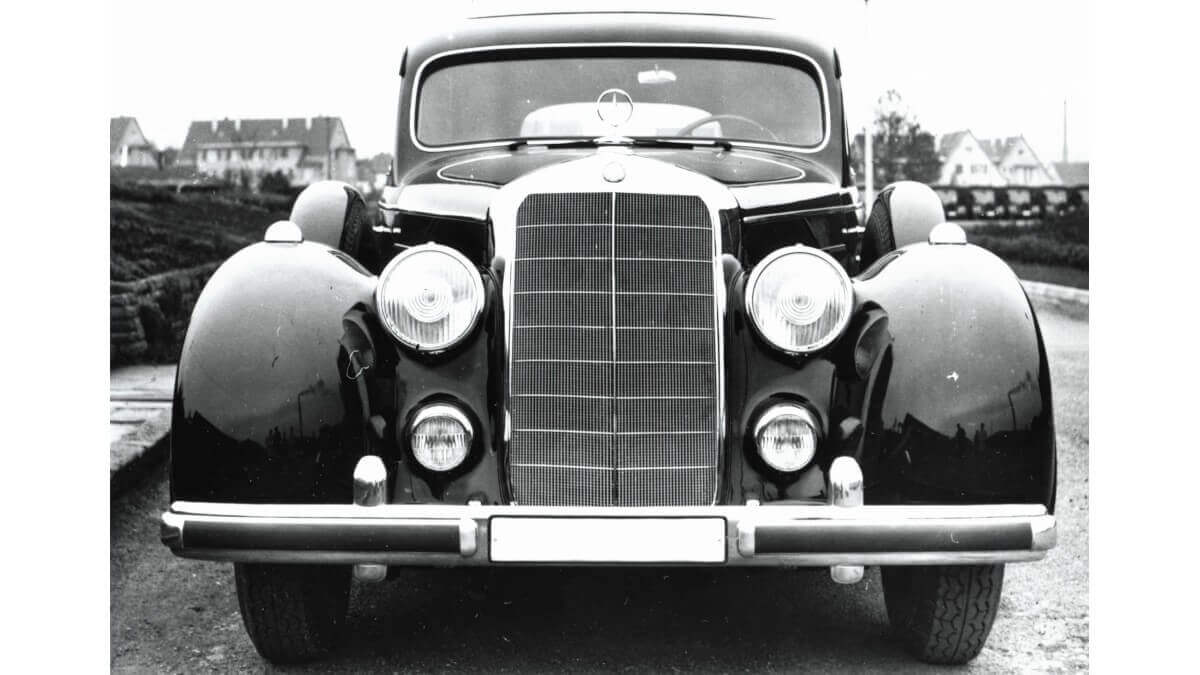

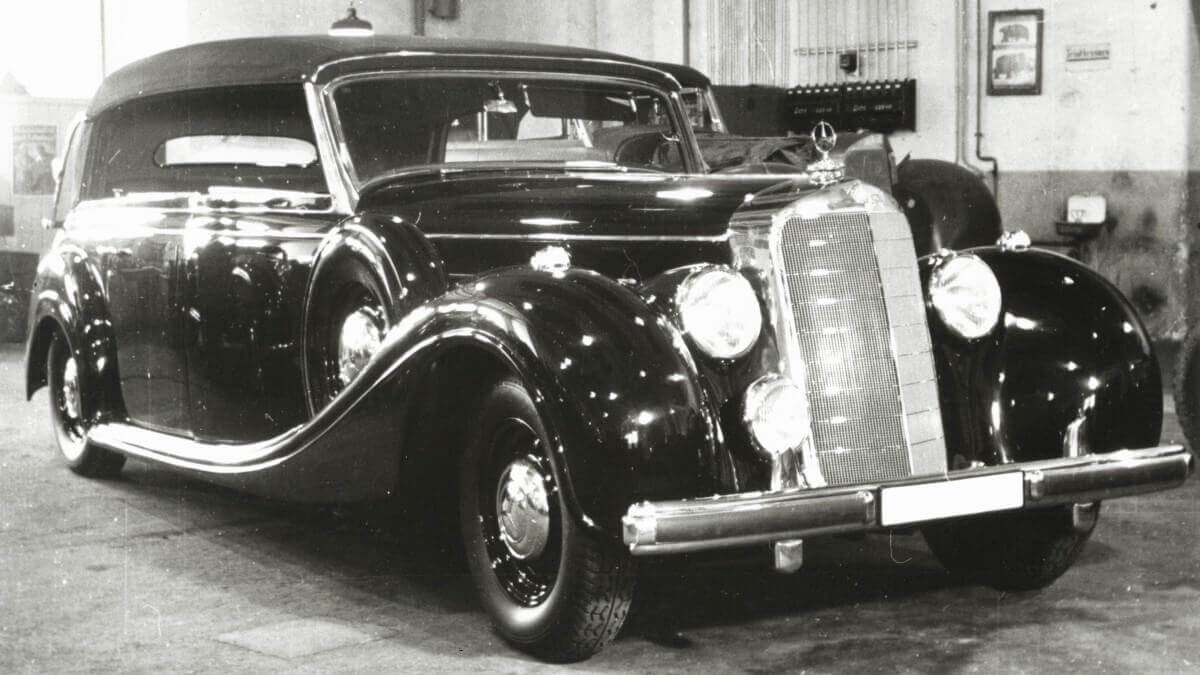

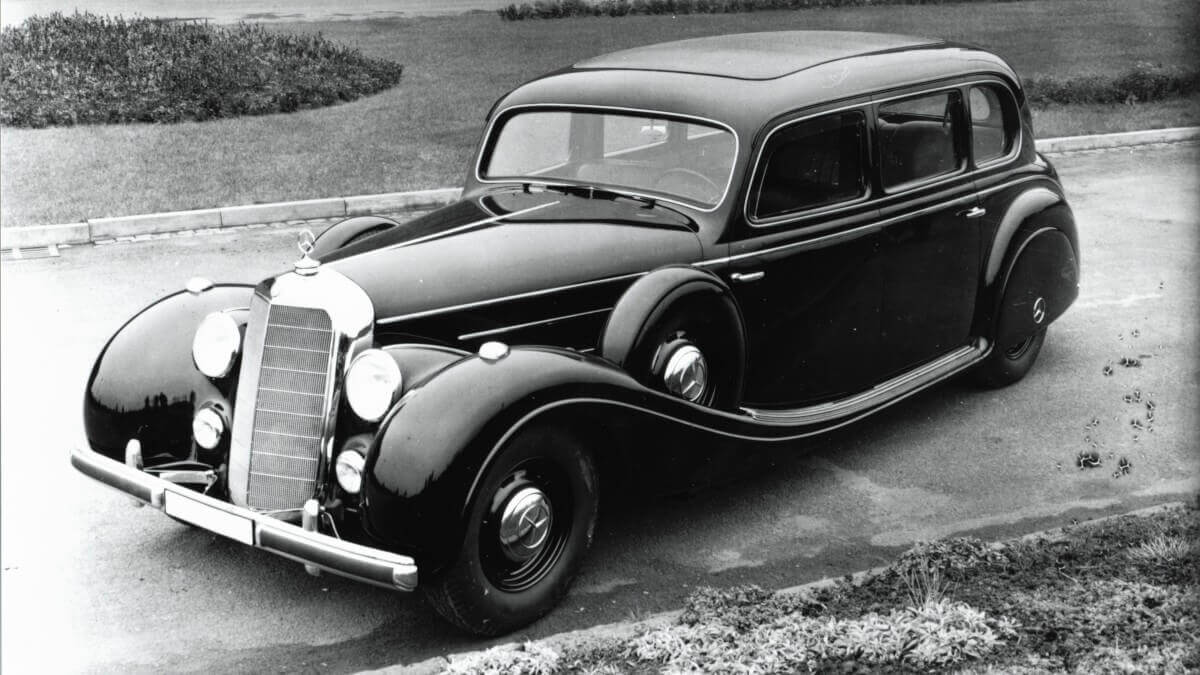

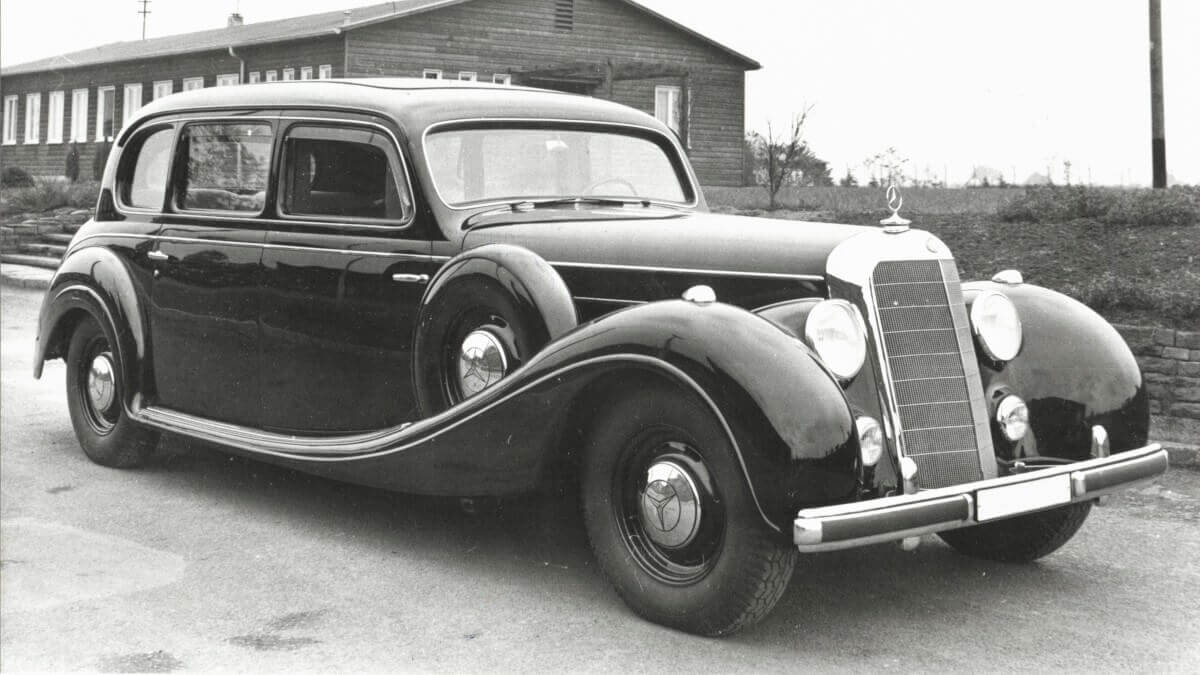

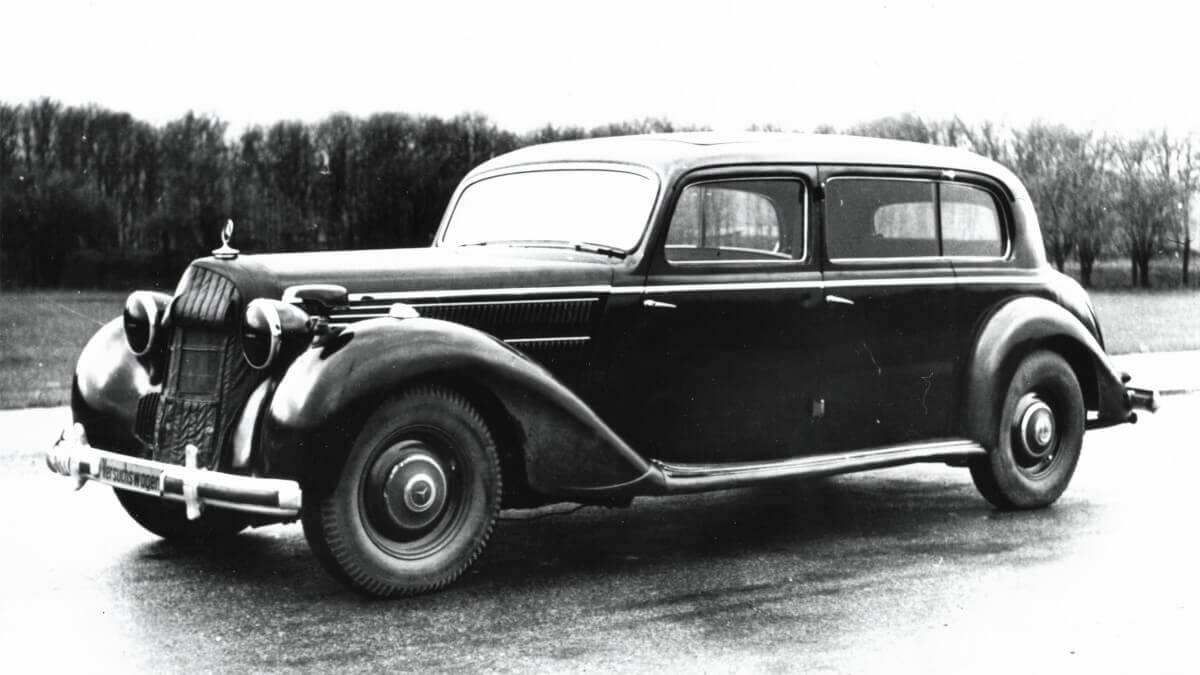



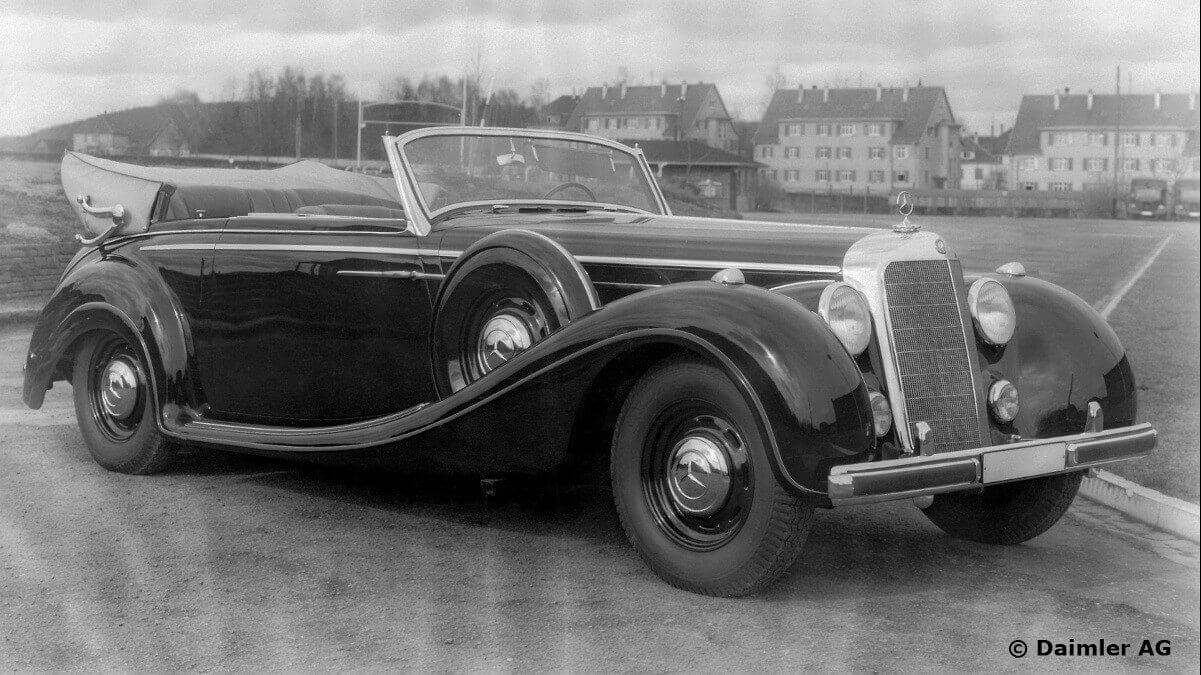

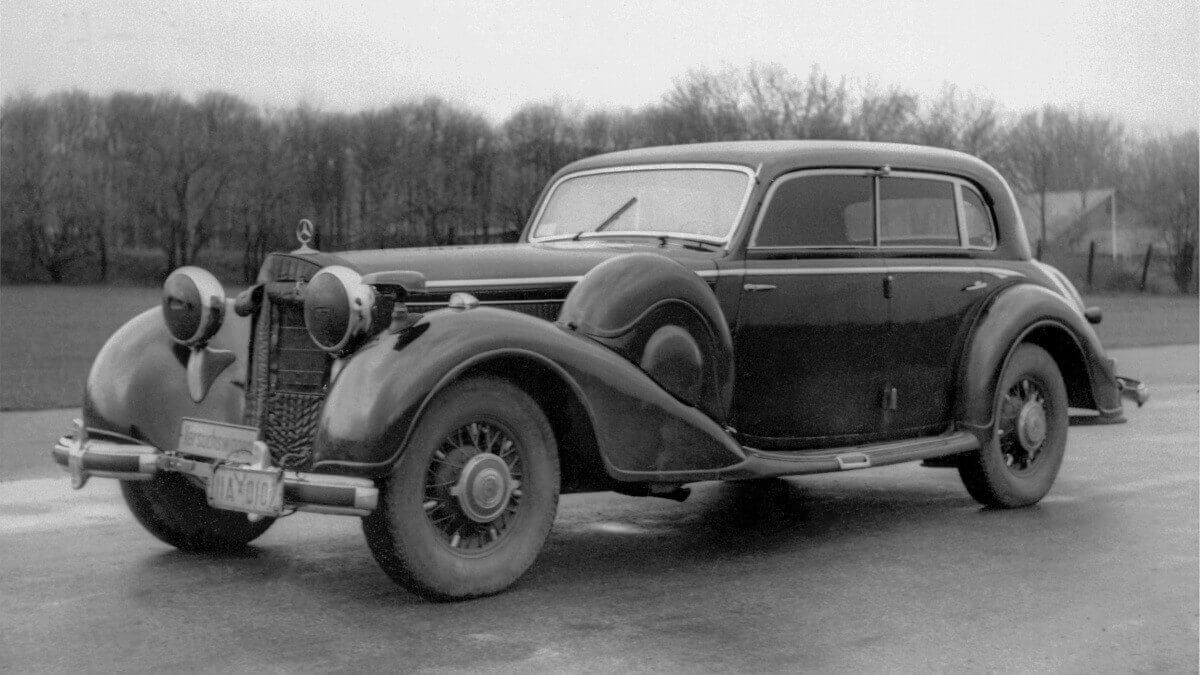

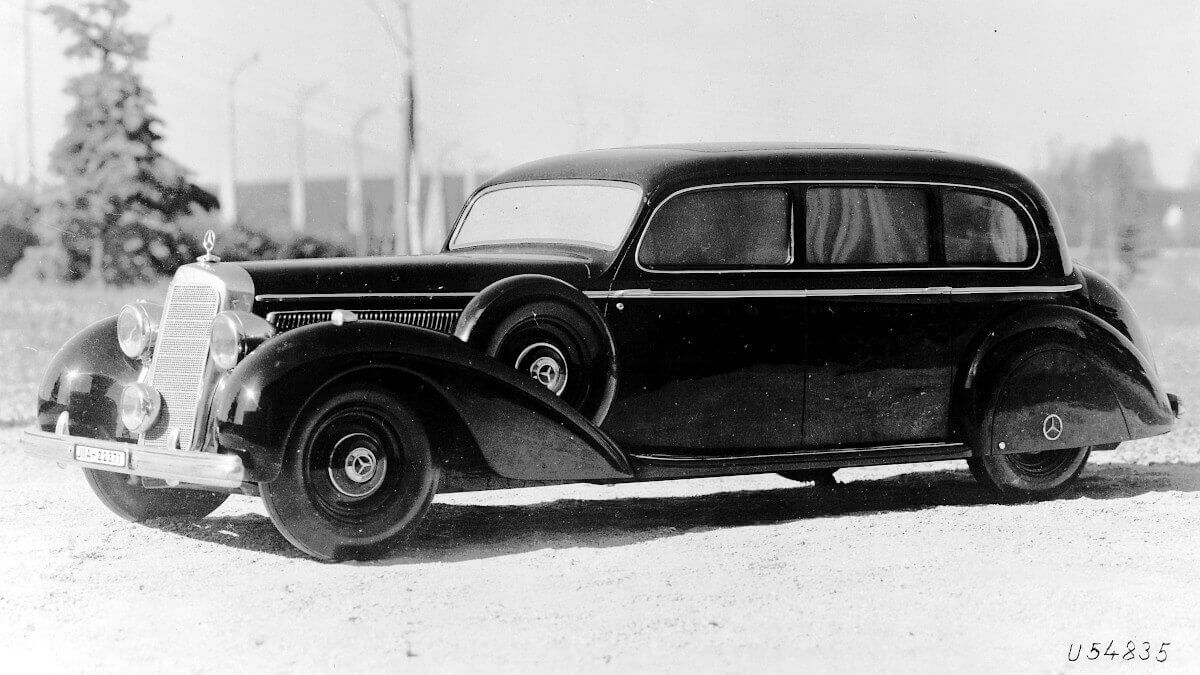

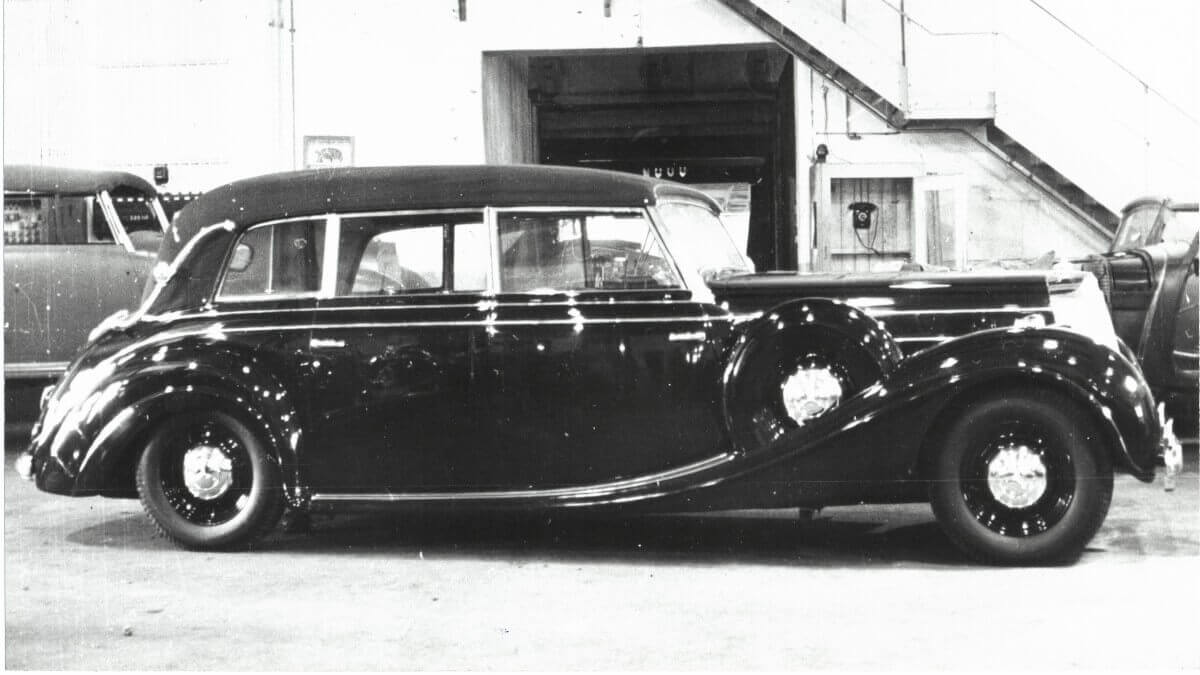

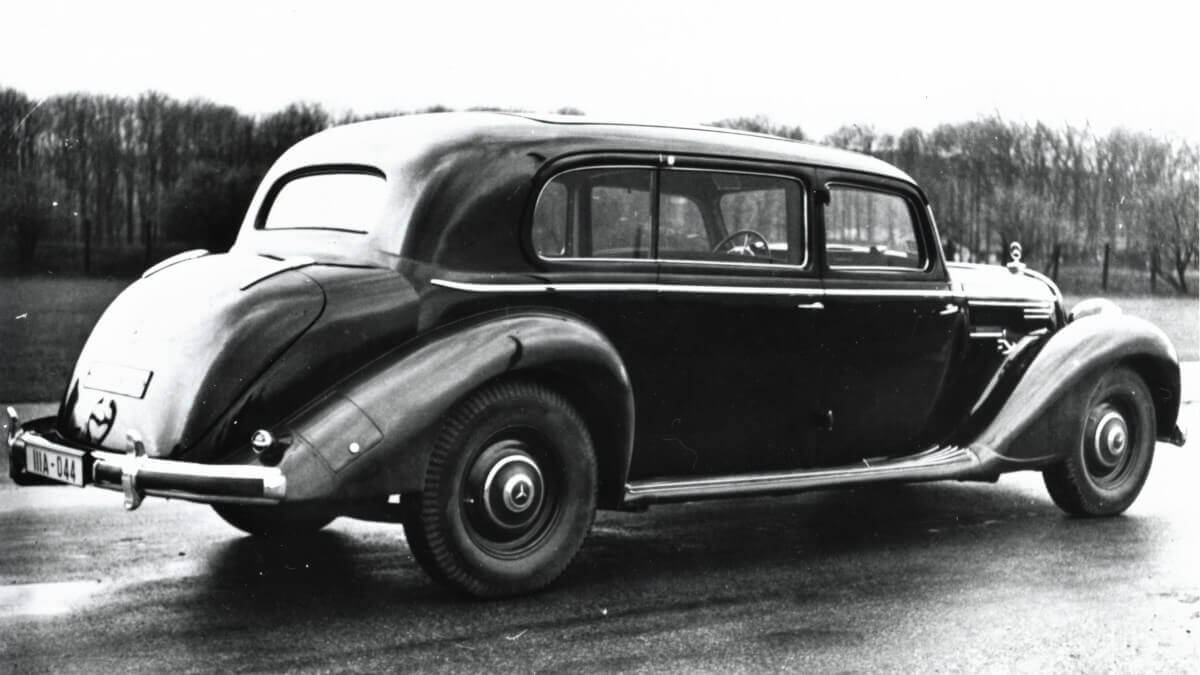

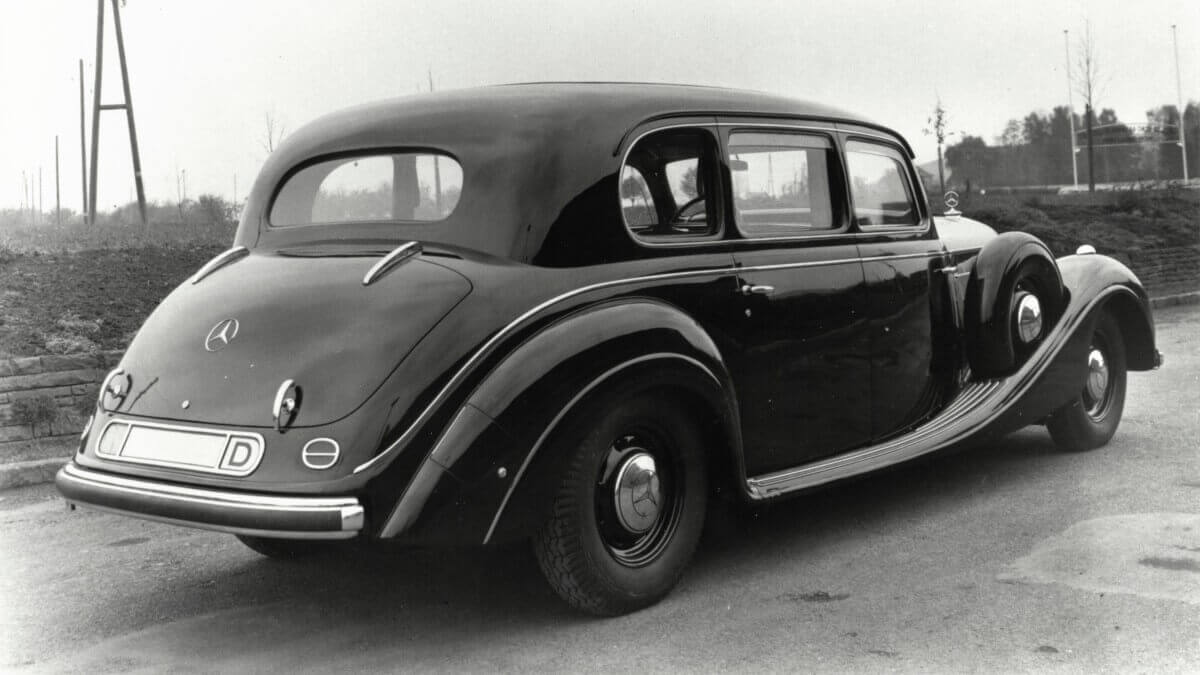

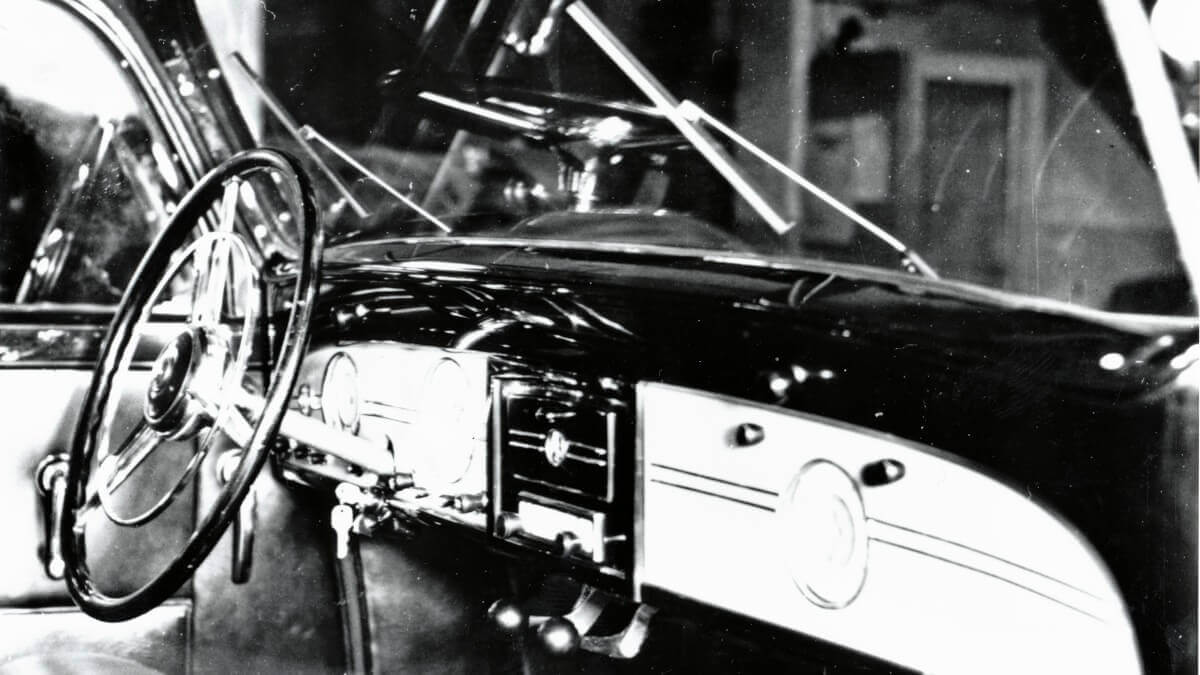

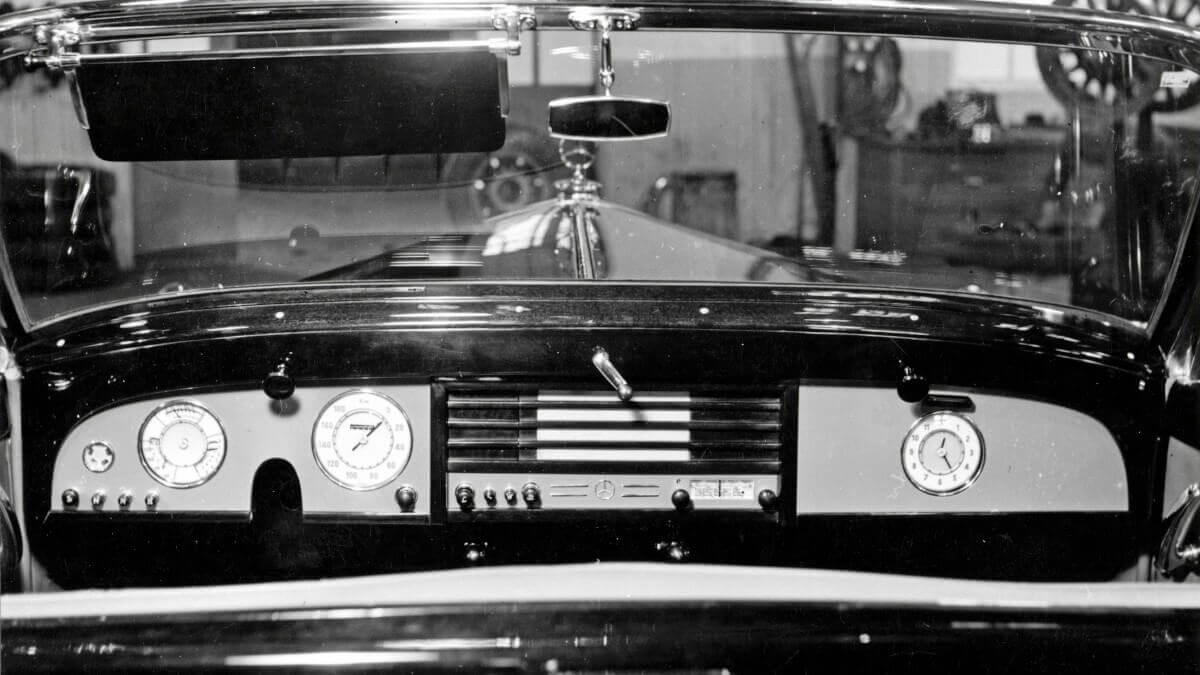

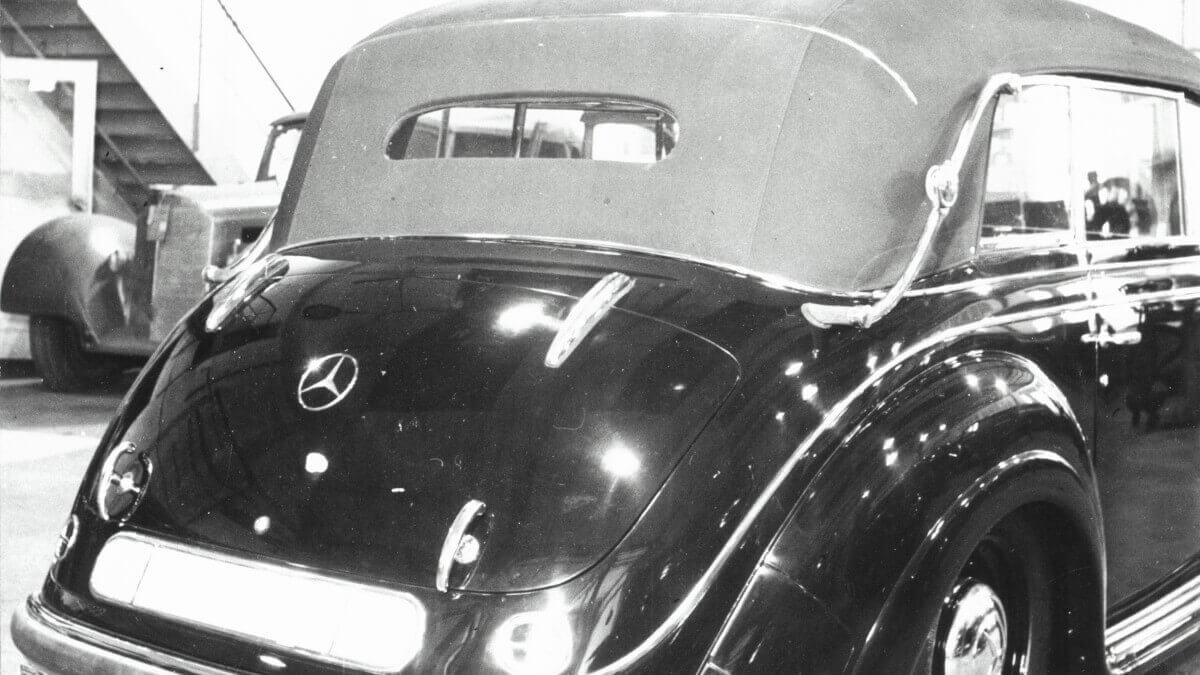

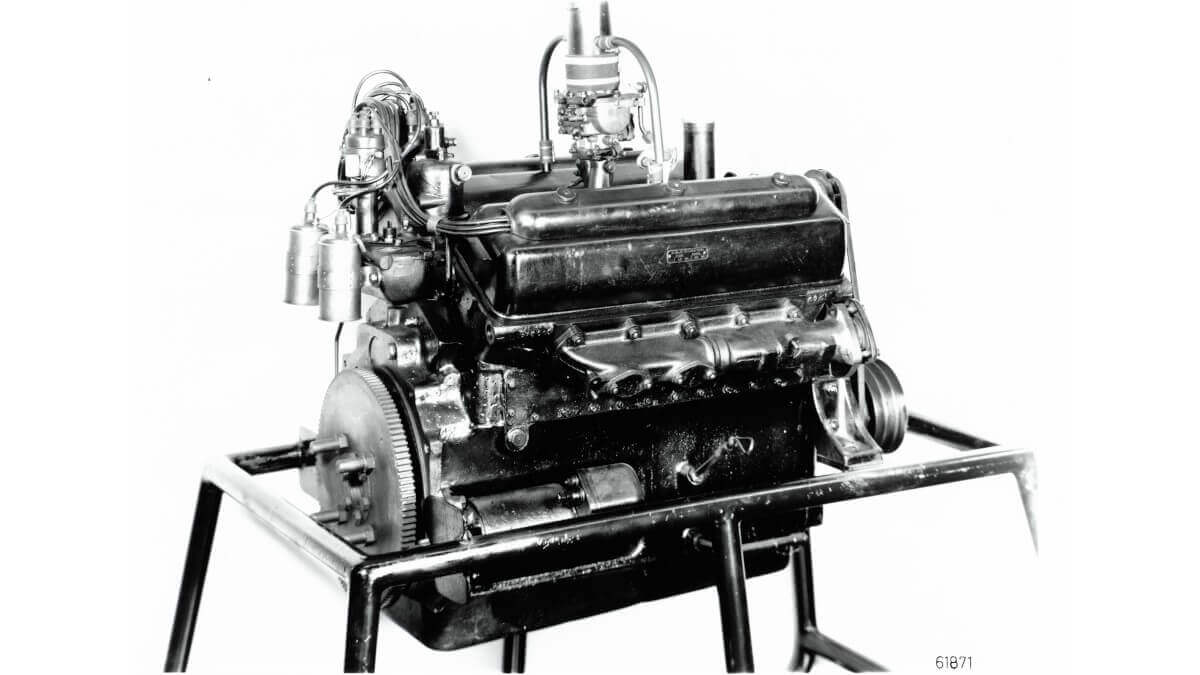

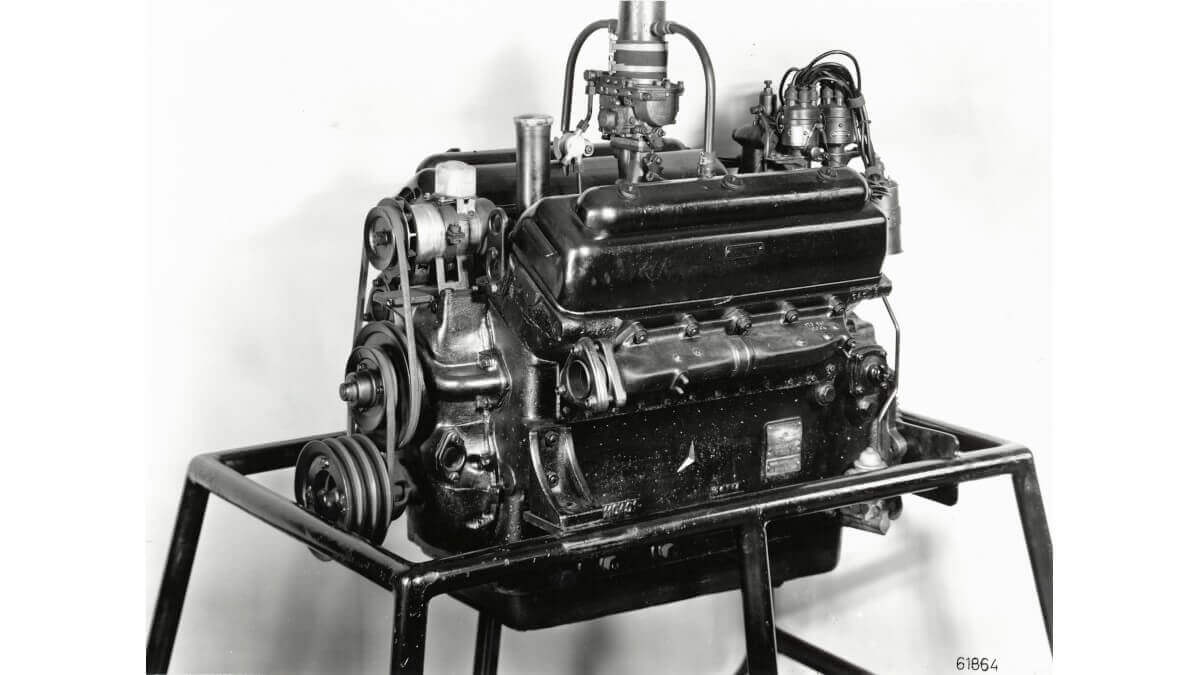

In order to be able to offer as many body versions as possible, the developers planned from the outset two different wheelbases between which customers could have chosen. The normal-length W 148 stretched 3,415 millimeters between the axles and was intended for use as a three-window inner-link body, Cabriolet B or Cabriolet C. With a wheelbase of 3,780 millimeters, the planned Pullman limousine offered considerably more space in the rear. For the Nazi leadership, there was also to be a state limousine with a wheelbase of 3,880 millimeters. The sporty offshoots with supercharged engines would have had a shortened chassis with a wheelbase of 3,340 millimeters. While most of the Cabriolet versions were probably only produced as detailed 1:10 scale models made from wood, there were a total of 31 fully-fledged prototypes, of which 18 were long wheelbase Pullman and Cabriolet F and five the 600 K with short wheelbase. Four or five copies were given to the German government. Although the unladen weight of these vehicles was at least 3,210 kilograms, the predecessor type 770 was still undercut by almost 400 kilograms. As soon as the special protection equipment with armoured bodywork was installed, as demanded by the German government, the weight advantage was gone again.
Nothing is known about the whereabouts of the vast majority of the Mercedes-Benz 600 V and 600 K prototypes. After work on this project was stopped in 1942 due to the war and possibly also by Adolf Hitler himself banning luxury vehicles, a Pullman limousine was stored in the Black Forest. This car apparently survived the war unscathed, but the tracks are lost afterwards. In addition, a vehicle of the German Reich government was supposedly exported from Berlin to the USA, possibly as war booty of the US Army. There are only rumours about the whereabouts of this car. The remaining prototypes were probably all destroyed during the bombardments of the factory buildings. It is therefore extremely questionable whether a Mercedes-Benz 600 V (W 148) or 600 K (W 157) still exists today.
Images: Mercedes-Benz


